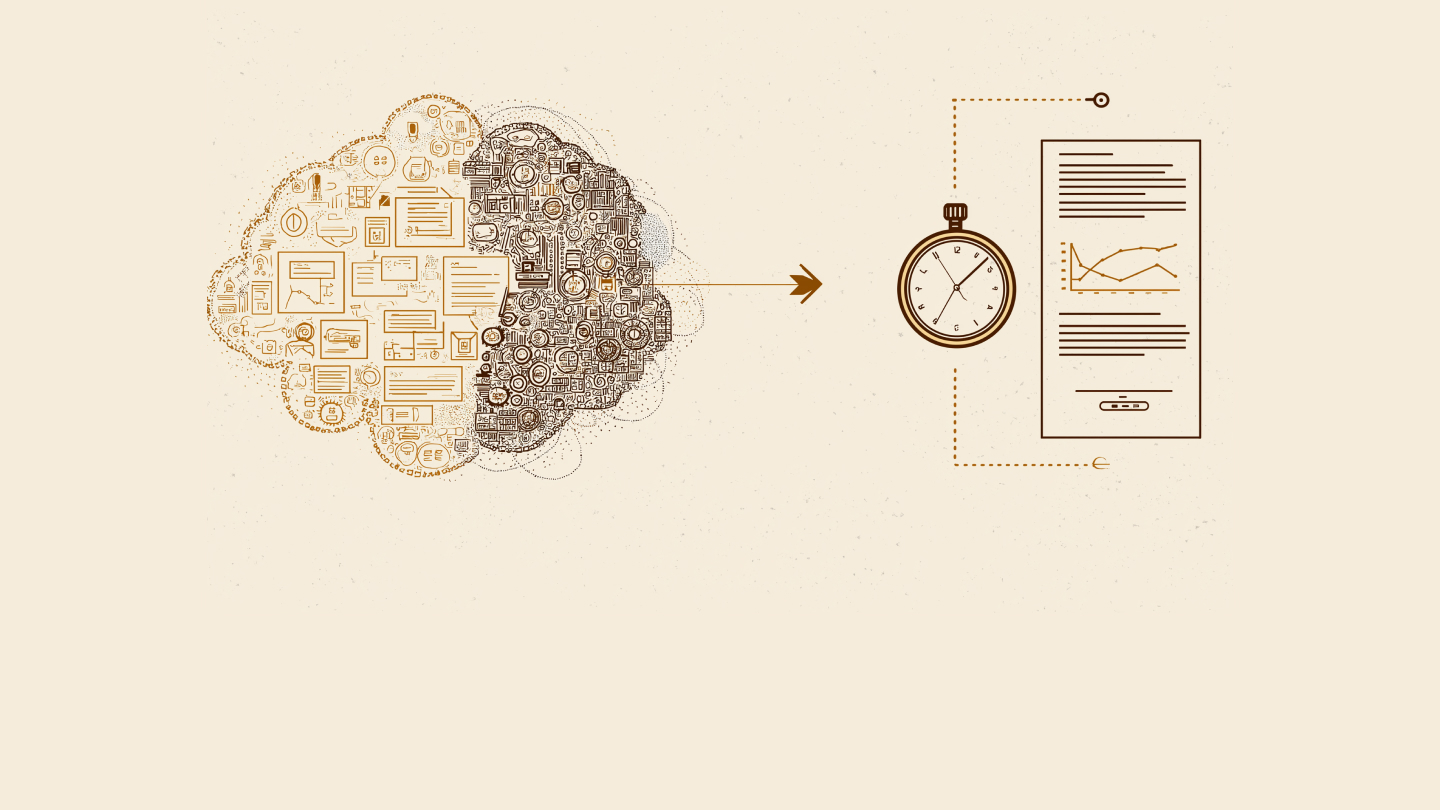AI You Can Trust: Framework for Ethical and Compliant AI Solutions
Introduction
As AI becomes more integrated into business and society, trust has become paramount. Organizations implementing AI must ensure their systems are ethical, transparent, and compliant. This will help them avoid any legal trouble or damage to their reputation, while also supporting adoption and growth. Factors such as bias, data misuse, unclear decision-making, or a lack of accountability when using AI can have serious consequences for companies, users, and society.
In this blog, we present a framework that helps create AI solutions that people and institutions can truly trust.
The Stakes: Why Trust Matters in AI
Regulatory Pressure Is Rising: Governments are creating and enforcing regulations, such as the EU AI Act and U.S. proposals, which demand AI transparency, fairness, data privacy, and accountability.
Business Risk: Biased AI outcomes, privacy breaches, or unclear decision processes can result in legal penalties, loss of customer trust, brand damage, or even product recalls and shutdowns.
Opportunity Cost: Companies that create trustworthy AI often experience more stable adoption, stronger partnerships, greater customer loyalty, and better long-term returns on investment.
AI Impact and Efficiency Gains by the Numbers (U.S. Data)
To make the case for ethical and compliant AI, it’s useful to observe the measured benefits and potential risks.
Adoption and investment
In 2024, U.S. private AI investment reached $109.1 billion, far surpassing China and the U.K. Additionally, 78% of U.S. organizations reported using AI in 2024, up from 55% in 2023.
Work-hour savings
Among U.S. workers using generative AI, the average time savings are about 5.4% of weekly work hours. For a 40-hour week, that results in about 2.2 hours saved. Overall workers, including non-users, save approximately 1.4% of total hours.
Productivity / GDP growth projections
Generative AI may increase U.S. productivity and GDP by 1.5% by 2035, nearly 3% by 2055, and about 3.7% by 2075.
Value from coding tools
In U.S. open-source development activity, AI wrote about 30.1% of Python functions in 2024. Higher AI use, around 30%, is linked to noticeable increases in output, including more commits and higher value estimates in billions.
Cost savings across firms
Full adoption of AI could save U.S. companies approximately $920 billion annually, mainly through reduced labor costs.
These figures highlight both the opportunities for efficiency, scale, and financial gain, as well as the importance of trust. The more AI is used, the more harm “unethical or non-compliant” outcomes can inflict.
Core Principles of Trustworthy AI
To build trustworthy AI, organizations should focus on these principles:
Fairness and Bias Mitigation: Ensure training data is representative. Regularly test for bias. Include processes for addressing issues.
Transparency and Explainability: Where possible, use models that are easy to interpret. For complex models, provide explanations after the fact (feature attribution, reason codes).
Data Privacy and Security: Follow data protection laws and regulations. Encrypt data both in transit and at rest. Limit access and ensure data lineage is tracked.
Accountability and Governance: Define roles: Who owns model outcomes? Who oversees performance and ethics? Keep detailed documentation of decisions, including versioning, training data choices, and validation results.
Human-Centric Design: Involve humans in sensitive or high-impact decisions, such as those involving medical, legal, or hiring matters. Provide channels for appeal or override, and consider user feedback in design.
Ongoing Monitoring and Risk Assessment: Monitor for model drift, fairness over time, and unintended consequences. Conduct audits, whether internal or external, and keep risk registers.
Culture, Training and Skills: Educate employees across different functions, including engineering, product, legal, and operations, on ethical AI best practices. Foster a culture where raising concerns is encouraged.
The Framework: Building Ethical and Compliant AI.
Step by Step
Here’s a framework organizations can use to ensure trust from ideation through deployment and beyond.
Policy and Standards
Create an internal AI/ethics policy that aligns with regulations. Outline definitions, acceptable and unacceptable uses, as well as fairness goals.
Data Governance and Preparation
Source data responsibly, conduct bias checks, perform privacy impact assessments, and maintain data lineage and version control.
Model Design and Development
During training, test for bias, use explainability tools, and validate on diverse test sets. Include impact assessments regarding possible model failures.
Deployment and Human Oversight
For high-stakes models, ensure a human reviews outputs. Provide documentation, such as model cards, and create escalation processes for questionable outputs.
Monitoring, Auditing and Continuous Evaluation
Track performance metrics and fairness stability over time, conduct periodic audits, and respond swiftly to issues like unexpected biases or errors.
Governance and Accountability Structures
Define who makes final decisions and establish an ethics committee or oversight board. Ensure thorough decision logs and traceability.
Communication and Transparency
Be open with stakeholders, including customers, users, and regulators, about your AI’s functions, limitations, and risk management practices.
Training and Culture
Train teams on ethical AI, reward actions that bring issues to light, and encourage shared ownership of ethics rather than reserving it for just the AI team.
Measuring Trustworthiness: KPIs and Compliance Indicators
To ensure that ethical and compliant AI isn’t just a catchphrase, use measurable indicators:
Fairness metrics: such as statistical parity, equal opportunity differences, demographic parity, and false positive/negative rates across groups.
Explainability metrics: time needed to explain decisions, user understanding and control, and the percentage of predictions with explanations.
Performance drift and accuracy over time: monitor changes compared to the baseline.
Privacy and security audits: the number of incidents and results from external audits.
Regulatory compliance checks: ensure alignment with laws, frameworks, readiness for audits, and completeness of documentation.
User satisfaction: surveys on trust and feedback when AI decisions affect users.
The Business Case: Why Ethical and Compliant AI Pays Off
- Customer trust builds loyalty and reduces churn.
- It helps avoid legal penalties and regulatory fines.
- It encourages wider adoption, as partners, clients, and governments prefer trustworthy AI.
- It drives sustainable innovation, as trustworthy systems are easier to maintain, audit, and scale.
- It boosts internal morale, as teams perform better when they believe in the systems they create.
Success Story: InfoBeans website: On our homepage, we have implemented our purpose-built, ready-to-deploy GenAI solution to assist visitors through chat-based interactions. The tool enables quick access to complex information while strictly adhering to compliance norms. We do not capture, store, or misuse any personal user data. By deploying it responsibly, we ensure transparency, safeguard privacy, and demonstrate how AI can enhance user experience without compromising trust.
We have implemented ethical guardrails that ensure our system provides only ethical responses, flags unethical queries, and refrains from answering them.
To experience, check our page: https://infobeans.ai/
Conclusion
Trust is essential in AI. To succeed in this AI era, organizations must integrate ethics, transparency, accountability, and compliance into their AI practices from the very beginning. It’s not enough to create powerful models; those models must also be fair, explainable, secure, and aligned with core values.
How you can begin:
- Evaluate your current AI systems using the framework above.
- Conduct a bias audit or an explainability review of important models.
- Train your teams on ethical AI best practices.
- Establish governance structures and accountability.
By taking these steps, you can turn AI from a potential liability into a valuable asset. Get in touch with our AI experts today for more information:
Contact Us
FAQs
Ans. Ethical and compliant AI solutions are systems designed to be fair, transparent, secure, and accountable, aligning with regulations like the EU AI Act while minimizing bias and protecting data privacy.
Ans. Trustworthy AI reduces business risk, ensures regulatory compliance, improves customer trust, and supports wider adoption—helping organizations avoid legal penalties, brand damage, or product recalls.
Ans. The key principles are fairness and bias mitigation, transparency and explainability, data privacy and security, accountability and governance, human-centric design, ongoing monitoring, and fostering an ethical AI culture.
Ans. They can follow steps including policy creation, data governance, model design and development, human oversight during deployment, continuous auditing, governance structures, transparency, and training.
Ans. Metrics include fairness indicators, explainability scores, model performance drift, privacy and security audits, regulatory compliance checks, and user satisfaction levels.











